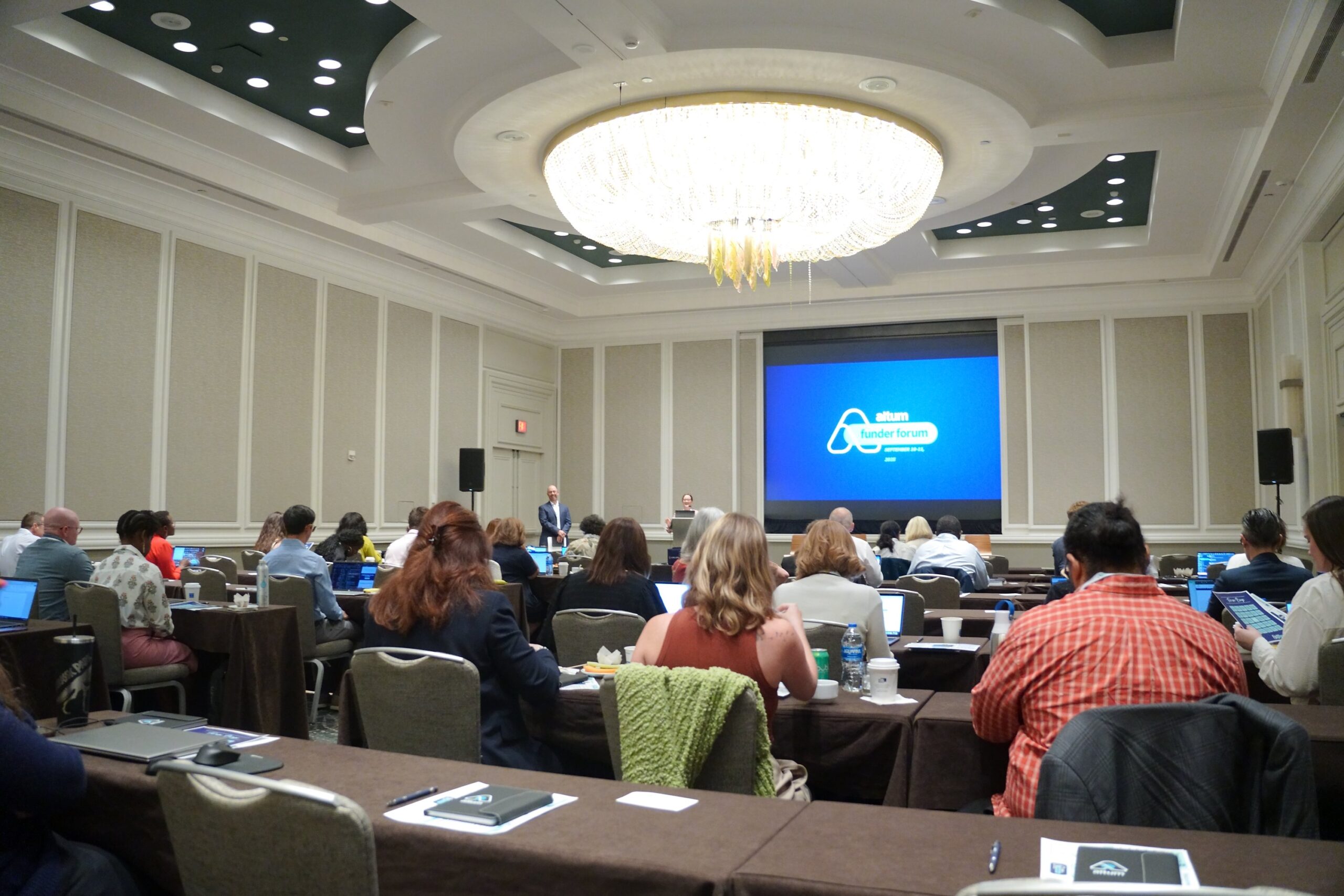We live in the era of big data.
90 percent of the world’s data was created in the last two years. And every two years, the volume of data cross the world doubles in size. The grants management space is no exception. Every day, volumes of information are created and high-performing funding teams need analytics to cut through the noise and make sense of it all.
Grant making teams that can turn data into information and information into understanding are poised to thrive. Yet many funding organizations are still reliant on Excel and manual processes for managing their data. This is both time consuming and error prone. In addition, the ever-increasing pace of research means that data volumes are growing at an accelerating pace. As a result, many grant making organizations struggle to answer fundamental questions like:
• Where, on what, and with whom are we spending our money?
• How much did we invest in specific grantees and what was the impact on their careers?
• What is the distribution of my grants by institution and what inventions have been created as a result?
How did we get here?
No longer the domain of just the grants manager and executive director, modern grants management processes includes constituents across the organization and beyond. Donors seek return on donation investments, board members guide the mission of the organization, scientists monitor the quality of research/researchers, financial officers implement fiscal responsibility. Each stakeholder has unique responsibilities, perspectives, and information needs. Grants management reporting is becoming an organizational necessity.
In addition, relationships extend across the organization and beyond. Beyond internal constituents, there are many parties external to the organization. Researchers, Institutions, and other funders are all stakeholders in what’s become a networked ecosystem of partners. Furthermore, digital tools and a trend toward open science are breaking down siloes and driving greater demands for data transparency.
Finally, the grants management process is no longer a linear process of Program planning, application, review, award and post award management (in that order). It’s now a closed loop system where the grants process drives impact, that positive impact delights donors, which in turn, drives future contributions. Across this closed loop system, various stakeholders require insight on operational performance, scientific impact, financial performance, intellectual property, grantee career leverage and more. These insights can help inform every phase and create an environment of continuous process improvement.
Altum Analytics
The ability to easily and accurately measure and report on grant making performance is an organizational necessity. Altum Analytics is a cloud-hosted reporting platform that provides grants management reporting. The tool empowers funders to make better decisions daily, creating a truly data-driven organization. The solution comes with pre-defined dashboards to support executive leadership, scientists, and grants managers. The tool aggregates and summarizes all your grants data, shows where program dollars are being invested, and quantifies and visualizes the outcomes associated with awards. In addition, Altum Analytics includes dashboards on key operational performance areas like grant making efficiency and program cash flow.
Altum Analytics includes over 100 predefined dashboards and the solution comes bunded with ProposalCentral.
Not on ProposalCentral? For a limited time you can sign up for a free-90 day trial of Altum Analytics that allows you to explore sample reports covering 10 years of ProposalCentral data.
Want to geek out and talk data? Just drop us a line.





